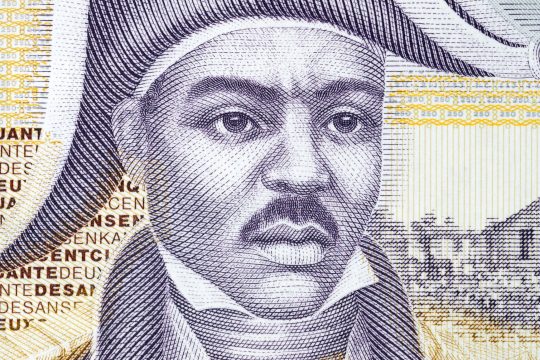On the northern edge of Haiti, near the historic town of Milot, lies the commune of Cap-Haïtien. Often referred to as Okap (Au Cap), this port city, home to 190,000 residents, is the island nation’s primary center of historic monuments. In this article, we’ll take a look at the history of this exceptional community and some of the important historical sites it holds.

Marleen is a Haitian Creole translator and Language Advocate. After completing her Graduate Studies at the Institut d’Etudes Politiques de Paris (SciencesPo), she decided to launch Creole Solutions to focus on her mission to promote Haitian language and culture. She worked for the Consulate General of Haiti in Chicago and the United Nations Environment Program in Haiti.
Marleen se yon tradiktris k ap travay pou defann dwa lang. Apre li te fini ak etid siperyè li nan Institut d’Etudes Politiques de Paris (SciencesPo), Marleen te deside lanse Creole Solutions pou konsantre sou misyon li pou voye lang ak kilti lakay monte. Avan sa li te travay pou Konsila Jeneral Ayiti nan Chikago ak Pwogram Nasyonzini pou Anviwònman an Ayiti.







